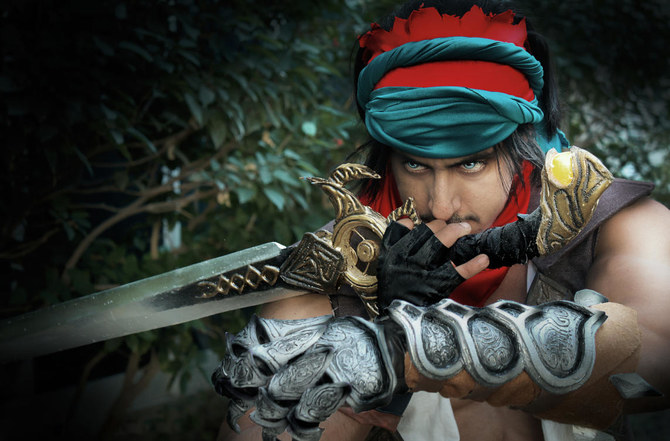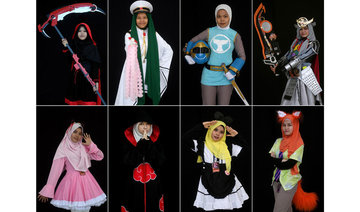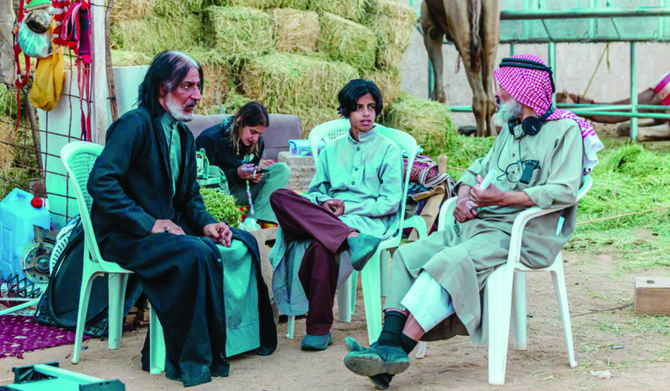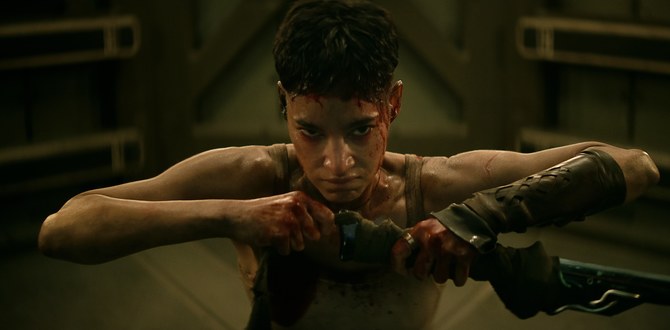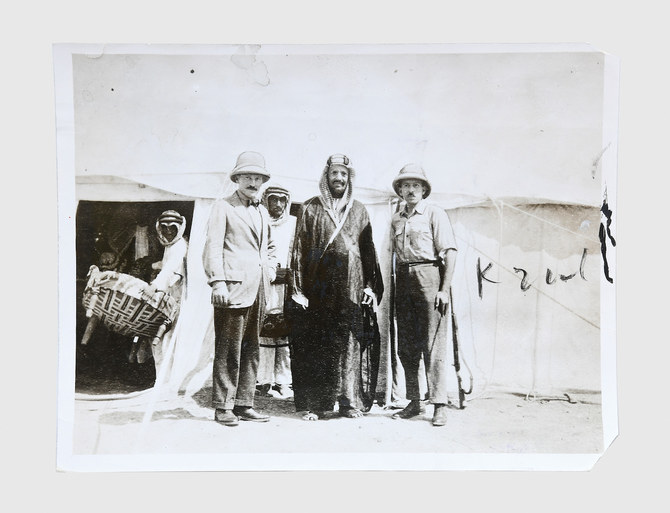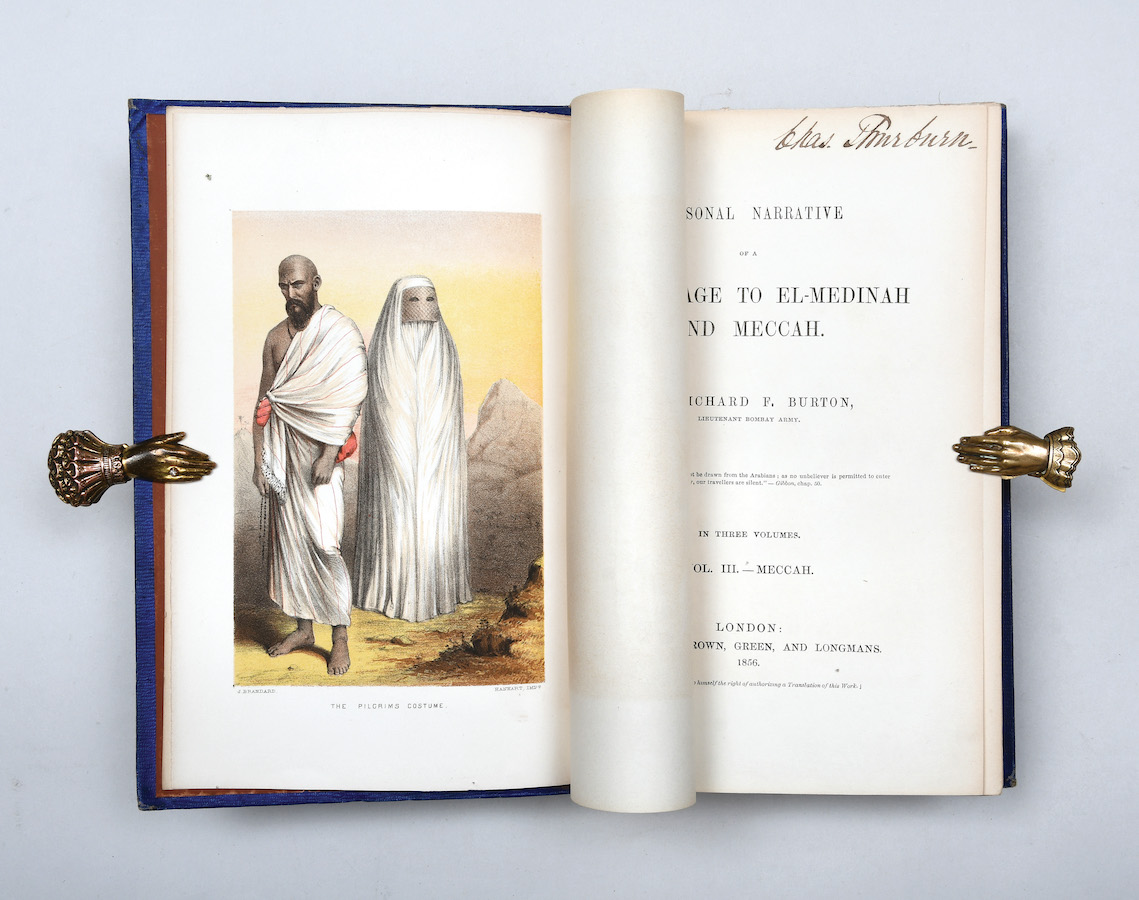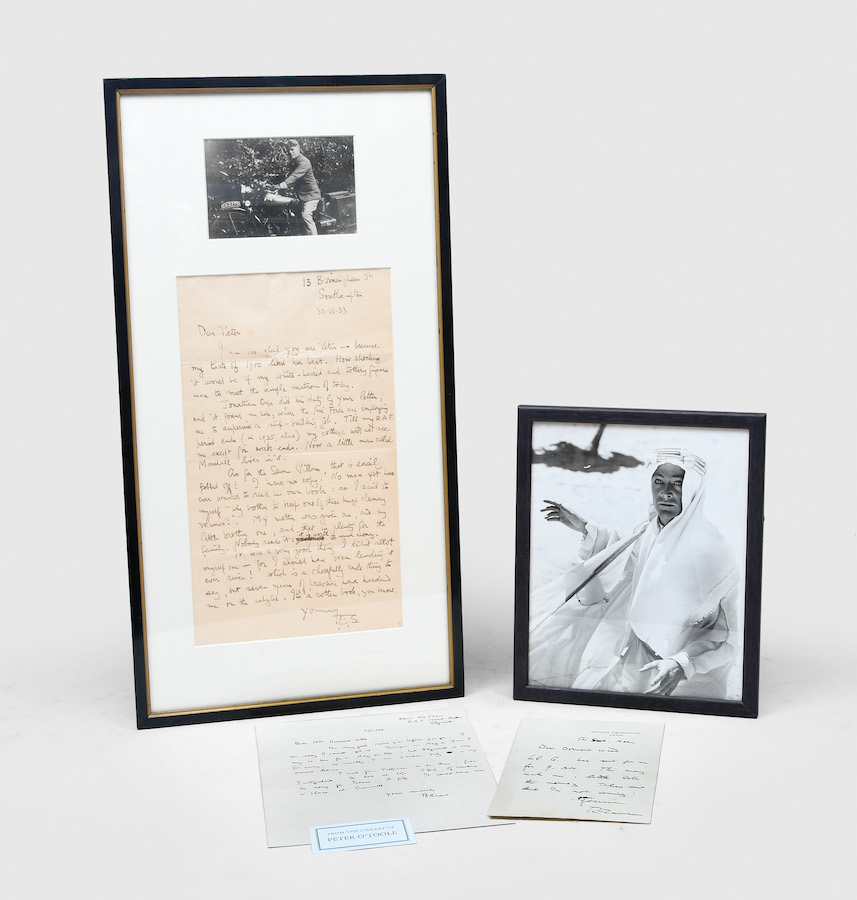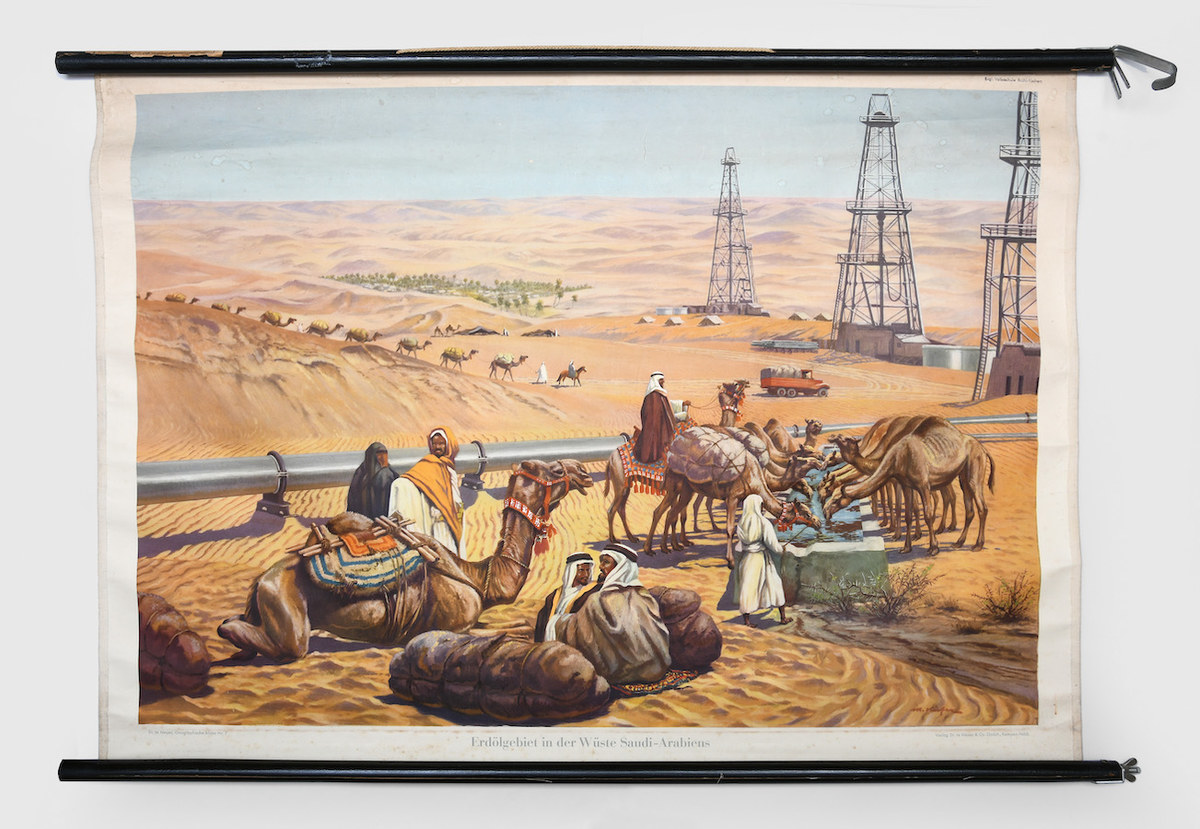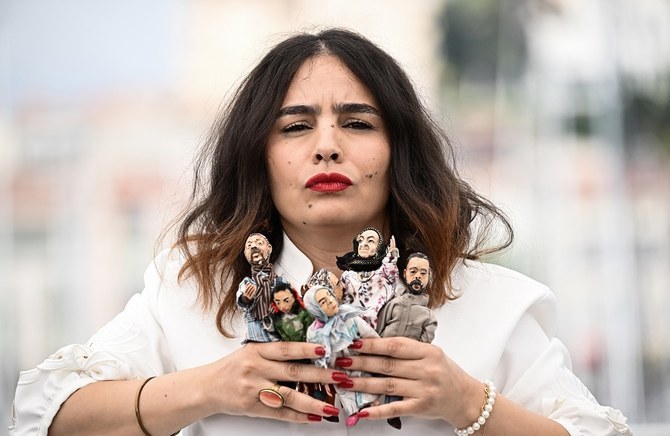DUBAI: “Being creative in general, I think, kind of fades out as you grow up. It’s there, still, but it’s untouched.”
Saud Al-Hazzani is discussing his, let’s say ‘niche,’ hobby — cosplay — and the reason why, in his early thirties, he quit his job to focus on making a living doing something that, to all intents and purposes, is what — if he were a child — would be called ‘playing dress-up.’
Al-Hazzani, born and raised in Riyadh and now based in the UAE, is a professional cosplayer (under the moniker VEGA Cosplay) — to the best of his knowledge, he’s the only full-time pro in the GCC.
Cosplay is a hybrid of ‘costume’ and ‘play.’ The basic gist, Al-Hazzani explains, is that you pick a character you like and ‘become’ them. Could be someone from a movie, a cartoon, a videogame, a TV show, a comic book (Japanese anime is particularly popular), or any other fantasy world.
“It’s similar to Halloween, I guess,” Al-Hazzani says. “But you can do it every day.”
Al-Hazzani was a fan of Japanese anime growing up (and as an adult), so he “had some idea” what cosplay was. But, he says, “I never thought it would happen in the GCC.” Sitting in his office one day in 2011, however, aged 25, he saw an ad for an event in Bahrain.
“I got excited,” he says. “Bahrain’s, like, a three-hour drive. I invited my friend who I thought would enjoy trying this new thing that we knew about but never thought would actually happen here. We picked a couple of characters, made our costumes and went to the event. We went there not expecting, or knowing, anything. But we got hooked straight away.”
For that first event, he went as Ace, a character from the wildly popular anime “One Piece.” Ace is always shirtless, wearing a pirate hat and with a pirate tattoo on his back and a beaded necklace.
“So I got some shorts and a hat and painted them, I got some small toy balls and painted them. I tried to get as much detail as possible — with the knowledge I had then,” he says. “It was more assembled than made. But it was done properly, I can tell you.”
He went to that event “anonymously,” he explains. “I didn’t tell anyone about it at first. Even people taking my picture, I didn’t tell them my name. I was hoping it was secret, but then somebody tagged me somewhere on Facebook. Then everybody knew.”
Cosplay, for those who aren’t into it, can seem like kind of a weird hobby for adults. A bit like taking part in historical re-enactments of the American Civil War, perhaps. Or taking role-playing games like “Dungeons and Dragons” seriously. It seems like a lot of time and effort to invest in something for anyone who’s not into that thing themselves.
“I couldn’t really explain it to family and friends, or (colleagues),” Al-Hazzani admits. “It was the first time they’d even seen me shirtless, obviously, let alone in costume. So it was double-weird. They really didn’t understand it — it wasn’t bad or anything, it was just confusing for them. I mean, I wasn’t under any pressure, it was just hard to explain. But in time they understood it.”
After that first event in Bahrain, Al-Hazzani discovered more and more opportunities to indulge in his newfound passion. Like most dedicated cosplayers, he makes his own costumes and accessories. And that is where he has rediscovered the creativity that was such a large part of his childhood, but which “was shut down in my teenage years.”
“I used to love experimenting (as a kid). I did a lot of random stuff. I’d open up anything electronic and try to fix it, or come up with new inventions,” he says.
He cites a sixth-grade inter-school science competition as an example. He created, he says, a “thing that could cut glass with electricity” by repurposing a machine that killed bugs. “I opened it up, rewired it and built a base. It was similar to a taser gun, I guess, but it cut glass.”
That sounds kind of dangerous for a sixth-grader, I say. He laughs.
“It was. I don’t even know how I was allowed to make it. I suppose no one actually knew what I was making (until the competition).”
His love of working with his hands and found material now finds an outlet in cosplay. “That creativity has somehow resurfaced,” he says. “Cosplay allows you to do everything, if you want — you can sew, you can paint, you can use wood, you can use electronics. There are no limits. Just your choices of character.”
It was this that convinced Al-Hazzani to quit his job two years ago and dedicate himself to making a living from cosplay.
“When the time was right, I just decided ‘This is it. I have to invest all my time.’ It’s very exciting, because there are so many options,” he says. “There’s no particular way of doing things. You have to create your own market — especially in this region. So I’m trying different stuff like production or making a costume for a commercial, or organizing cosplay competitions. The last two years, I’ve been investing in all these fields.
“Money isn’t great,” he continues. “I’ve been struggling. But I know that I’m at the start. If it’s going to work out, I knew I’d have to suffer for a few years. And, you know, no risk no reward, right? Nobody’s going to give it to you. Nobody’s going to say, ‘Yeah, go do what you want.’ You have to do it yourself.”
Just as important as the creative side of cosplay for Al-Hazzani, though, is the sense of community among its participants. Particularly at Middle East Film & Comic Con, which is taking place this weekend in Dubai.
“It’s the most important event. And I’ve attended every cosplay event in the GCC since I started. So I know how much MEFCC has impacted the region,” he says. “It grew pop culture tenfold. It somehow initiated pop culture in the region. It’s almost like a cult — something I have to attend. I met most of my friends in the GCC at MEFCC. I’m talking about cosplayers, artists, gamers, booth owners, photographers… a huge amount of friends that I’ve made at this event over the past seven years.”
He even met his fiancée, Sumi Aya, through cosplay. She’s also a judge at Comic Con this year.
“She saw a small event that had a picture of cosplayers. She didn’t know events like that existed. She saw my name tagged on the picture, so she messaged me. ‘What’s the deal? How come this is happening in the UAE and I didn’t know about it?’ Stuff like that,” Al-Hazzani explains. “I helped her, told her about some of the events, gave her a basic guide about how to start with costumes. And then we met at the next event, for the first time. I introduced her to people. And it became a thing, you know? We’d go to the events together. And feelings developed. And we shared those feelings and committed.”
So cosplay has helped Al-Hazzani find a career he loves, numerous long-lasting friendships, and his future wife. Not bad for a game of dress-up.




